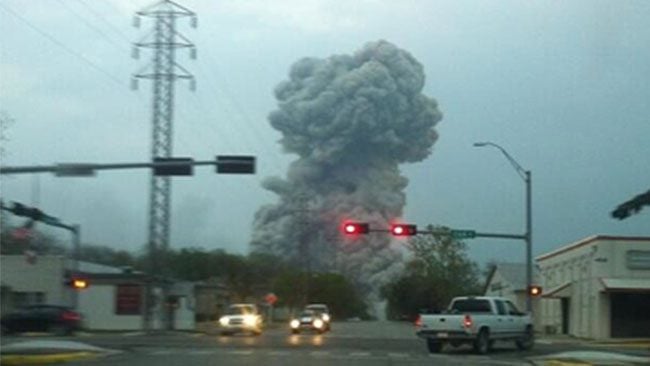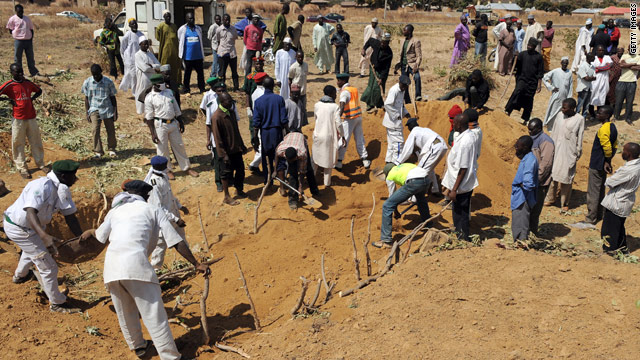
During the Vietnam conflict, Australian soldiers souvenired personal items from the bodies of slain Viet Cong and North Vietnamese soldiers.
There's nothing especially unusual about this - soldiers have done the same in every war.
The veterans - plus various museums, military history rooms and even RSL clubs - hold letters, certificates, diaries, photos and more that belonged to the dead.
Now a team of University of NSW researchers at the Australian Defence Force Academy (ADFA) wants to find these items and return them.
The group wants federal government help to repatriate the materials to families and present unclaimed documents to appropriate institutions in Vietnam.
But appeals to the Department of Defence were rejected, as was a request to the Department of Foreign Affairs, while the Department of Veterans Affairs said it wasn't its area of responsibility.
"We are a couple of retired folks who are doing this on the smell of an oily rag," team leader Dr Bob Hall, a Vietnam war veteran said.
"We reckon the government has an obligation, moral and legal, under the Geneva Convention to do this and it ought to bloody well chip in some support."
The Geneva Convention specifies that at the end of hostilities, opposing sides must notify locations of war dead and return artifacts.
But Australia has officially done neither, even though Vietnam helped in the search for the six Australians missing in action in Vietnam - all of whom were found and their remains returned to family.
Hall and his team's mission grew out of a long-running project analysing operations of the Australian task force in Vietnam in 1966-71.
"The intellectual gold to be found out of Vietnam is much greater than you can currently find out of Afghanistan because all the records are available," Hall said.
"All the records of the Australian embassy in Saigon are now publicly available.
"You can go into the archives and look through all the discussions inside the embassy."
The records include more than 4500 combat after-action reports filed by Australian soldiers.
Using the raw information, a detailed database has been created that's still useful today.
For example, it shows when, where and in what circumstances firefights started and even how many shots were needed to inflict a casualty.
It also includes details of enemy dead, who - under the practice of the time - were buried at the battle site.
"We realised we had the location of where the Australians buried all the Vietnamese we killed," said fellow researcher Derril De Heer, also a Vietnam veteran.
It appears some 3796 bodies were hastily interred in unmarked graves.
The discovery coincided with the finding of the remains of Australia's last two servicemen missing in action from the Vietnam war - Flying Officer Michael Herbert and Pilot Officer Robert Carver - who died when their Canberra bomber crashed in November 1970.
"There's a belief in Vietnam that if you die violently or die where you are not known, your spirit will wander," De Heer said.
And so Operation Wandering Souls was conceived as a private humanitarian venture to help find some of Vietnam's estimated 300,000-600,000 missing dead of the Vietnam conflict.
Hall's team transposed all the burial site grid references onto Vietnam-era topographical maps, converting them to latitude and longitude locations on Google earth images.
Then in 2010, then-defence minister John Faulkner presented the database to Vietnam's deputy defence minister.
But there was more.
Some Australian intelligence reports, based on documents found on the bodies, gave actual names.
So the team realised they could put names to some of the Vietnamese dead by matching People's Army of Vietnam (PAVN) casualty records against dates and locations in the Australian records.
From this discovery came another significant development.
Victorian Vietnam veteran Laurens Wildeboer contacted the team to reveal he had a scarf, notebook and book of poetry from his time in Vietnam and asked if they could help give back the artifacts.
In a widely reported ceremony in Vietnam last year, the scarf and notebook were handed over to the dead soldier's mother.
"As a result, people have been giving us artifacts that have been taken from bodies - letters, photographs and other stuff," De Heer said.
"We now have about 120 letters. We have certificates, photographs. We know there is more around Australia either in private museums or people have held onto it. Some is in defence museums or history rooms."
Among the cache is a collection of 40 pencil and charcoal sketches taken from the body of a soldier killed at the 1966 Battle of Long Tan. Other material is likely being held at the Australian War Memorial and RSL clubs. One military museum is believed to hold a gold ring taken from a dead soldier.
So Operation Wandering Souls is now appealing to anyone with such material to pass it over.
"We will try and find the families. If not, we will hand it to the Vietnamese government," De Heer said.
But without federal help, the mission will have to be funded out of the team's own pockets.
Last year's visit required De Heer to hire a 30-seater bus to transport a Vietnamese media contingent and feed them, all out of his own funds.
The team reckons about $130,000 would be enough, considering the goodwill their efforts have produced in Vietnam, and would cover travel within Australia to collect items and travel to Vietnam to present them.
"We believe the costs should be met by the Australian government, since we are fulfilling the government's legal responsibilities under the Geneva Convention," De Heer said.
Thursday 18 April 2013
http://www.theaustralian.com.au/news/breaking-news/team-seeks-to-return-vietnam-artifacts/story-fn3dxiwe-1226623455153









